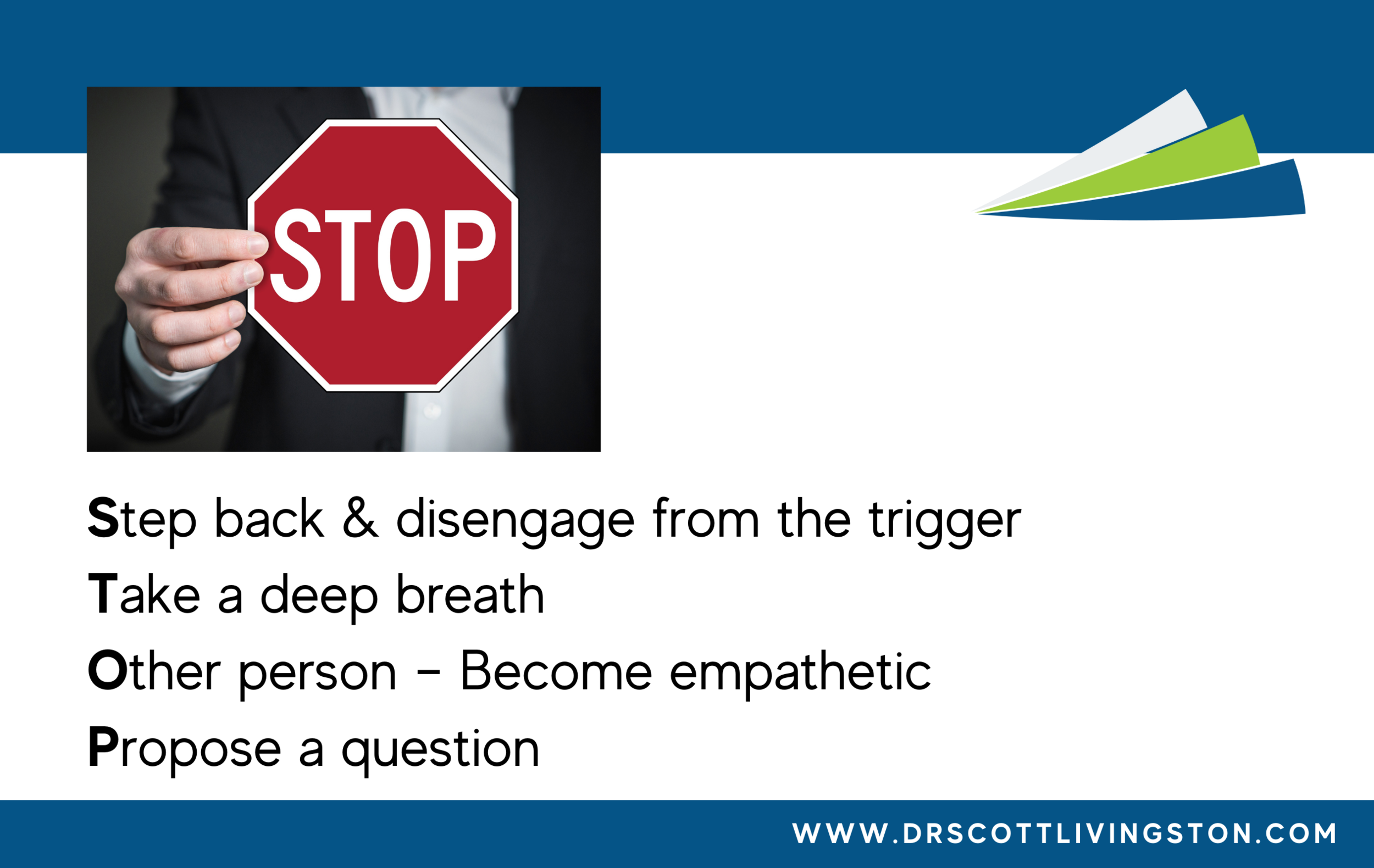A few years ago, after a much-needed vacation, I decided to set aside some extra time for writing and research. During this period, my interactions with my coaching and training clients were limited to text and phone conversations. Back then, remote work was not as common as it is now, and this transition was quite a novel experience for me.
About 10 days into this remote working experiment, I noticed something unusual. I was beginning to feel a bit down. It wasn't a full-blown depression, but rather a subtle sense of decline in my overall mood. It felt like I was slowly sinking, and this puzzled me. After all, I had just returned from a relaxing vacation, and I had plenty of meaningful work ahead of me.
But, despite all these positive aspects, there it was—a distinct feeling of not having enough connections to sustain my love for my work.
A lifeline, as defined, is a rope or line used for life-saving, typically thrown to rescue someone in difficulties in water or used by sailors to secure themselves to a boat. Life can throw us into situations that give us a similar feeling of sinking or being stuck. When we lack support to anchor us, we can start to feel alone and hopeless.
From time to time, every one of us needs a lifeline of care and compassion from others.
Understanding Basic Human Psychology
It's widely recognized in the field of psychology that the feeling of isolation can be a key determinant for a wide range of human ailments, from depression to even premature death.
In fact, The Wall Street Journal reported that there are surprisingly few public health initiatives to combat loneliness, despite its status as a health risk "riskier to health and survival than cigarette smoking or obesity."
So, is loneliness a bigger health risk than smoking or being overweight?
If loneliness indeed poses a greater health risk than smoking or obesity, it becomes a matter that leaders should pay much closer attention to. Are there individuals within our sphere of influence who desperately need a lifeline?
The Impact on Leadership
In a revealing study published in October 2017 in the Journal of the American Geriatrics Society, researchers delved into the impacts and categories of social contact, or the lack thereof, that might predict clinical depression. Their findings were illuminating.
They studied over 11,000 people over the age of 50 and found that only face-to-face interaction forestalled depression in older adults. Phone calls made a difference for those with a history of mood disorders but not for others. Surprisingly, email and text messages had no impact at all.
The lifeline that people need, according to this study, is face-to-face interaction.
What Can Leaders Do to Be Part of the Solution?
As leaders, we hold a unique position of influence and responsibility. We can be intentional in providing the lifeline of care and compassion that others may desperately need. Here's how we can adapt a list of steps from Mayoclinic.org, designed to prevent depression, to leader-follower interactions:
Become Attuned to Stress: Understand what stress looks like for those on your team. Learn to recognize early signs and be proactive in addressing them.
Regular Team Meetings: Schedule regular meetings with your team members, ideally every 1-2 weeks, or as often as possible, taking appropriate COVID precautions. Prioritize these meetings to foster connections and open communication.
Listen and Ask Questions: In your interactions with your team, spend most of your time listening and asking questions rather than immediately jumping into "solve mode." Your genuine interest in their well-being can serve as a lifeline of support.
Face-to-Face Interaction: Whenever possible, meet with your team members in person. If not feasible, use video chat options like FaceTime or Zoom to maintain a more personal connection.
Boost Confidence: Give your team members assurances that you believe in them and their capabilities. Building their self-esteem can be a powerful form of support.
Learning from Mistakes: Foster a culture that encourages learning from mistakes. Let your team know that setbacks are part of the journey, and it's an opportunity for growth.
Spot Check-Ins: During times of high stress, perform spot check-ins with your team members to ensure they are coping well and provide additional support if needed.
Early Support: If a team member seems down or faces challenges, ask about it early. Your proactive approach can be the lifeline they require.
Mini-Sabbaticals: Consider offering frequent mini-sabbaticals as a way to rejuvenate and recharge your team's spirit.
How often are you connecting with those you lead? How intentional are you in making connections? Who on your team appears to be struggling and could use the reassurance that you believe in them?
Your lifeline of care and compassion might be precisely what's needed to help your team reach its peak performance. In leadership, as in life, genuine connections and support can make all the difference.



